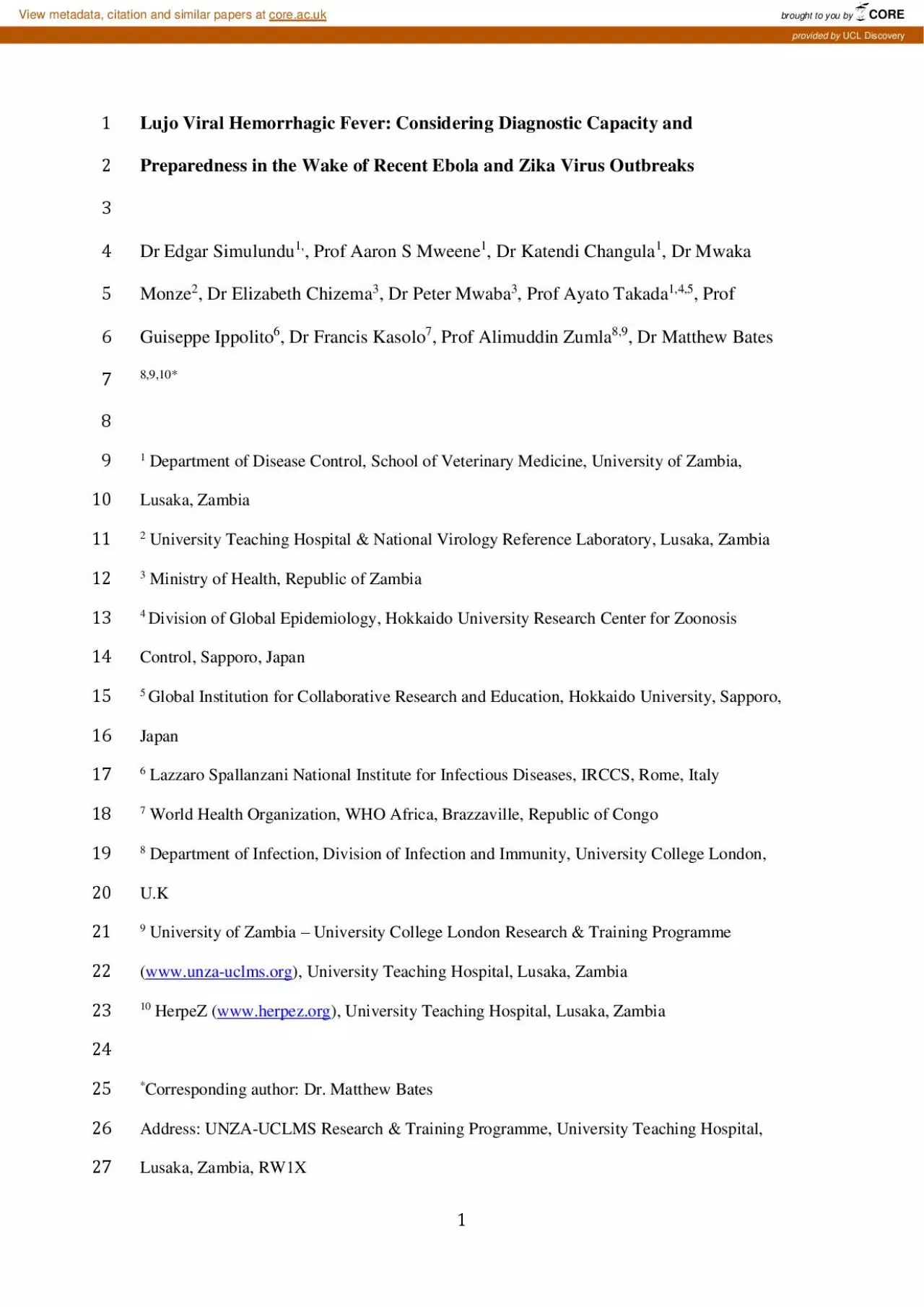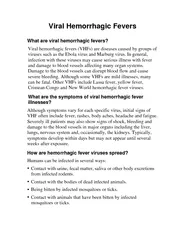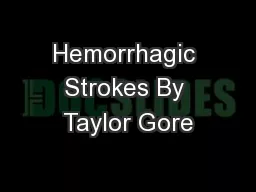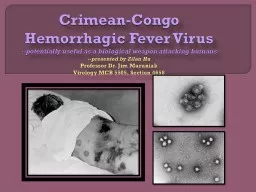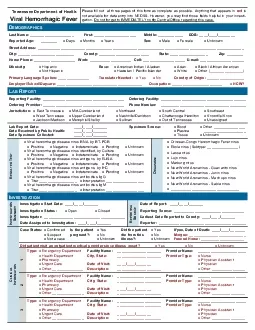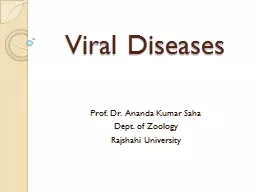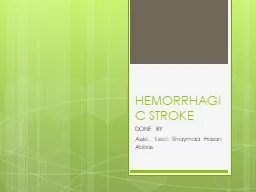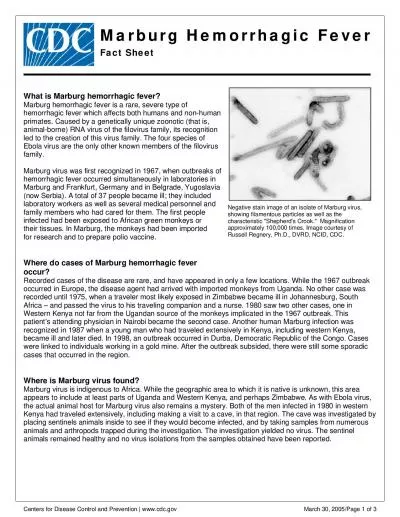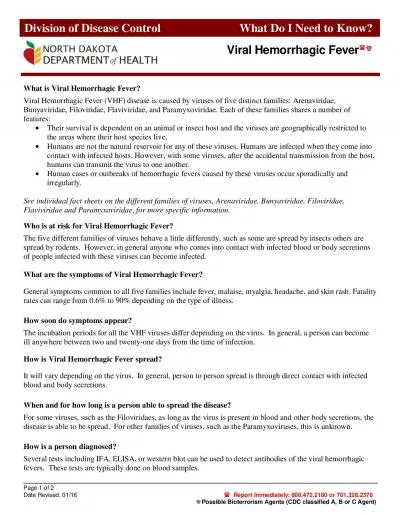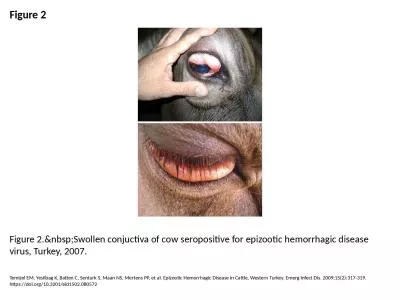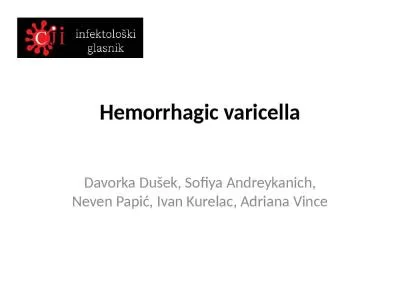PDF-Lujo Viral Hemorrhagic Fever Considering
Author : paige | Published Date : 2021-08-14
1Diagnostic Capacity and 1Preparedness in the Wake of Recent Ebola and ZikaVirus Outbreaks23Dr Edgar Simulundu1 Prof Aaron S Mweene1Dr Katendi Changula1Dr Mwaka
Presentation Embed Code
Download Presentation
Download Presentation The PPT/PDF document "Lujo Viral Hemorrhagic Fever Considering" is the property of its rightful owner. Permission is granted to download and print the materials on this website for personal, non-commercial use only, and to display it on your personal computer provided you do not modify the materials and that you retain all copyright notices contained in the materials. By downloading content from our website, you accept the terms of this agreement.
Lujo Viral Hemorrhagic Fever Considering: Transcript
Download Rules Of Document
"Lujo Viral Hemorrhagic Fever Considering"The content belongs to its owner. You may download and print it for personal use, without modification, and keep all copyright notices. By downloading, you agree to these terms.
Related Documents

